One company developed genomic tests to diagnose and manage lung cancer. Another created a technology that can quickly detect harmful and unwanted bacteria in food and health care products. And the third invented a tiny chip-like timing device that can function as a clock.
These three start-ups—all launched at BU—are featured in the Science Coalition report Sparking Economic Growth 2.0: Companies Created from Federally Funded Research, Fueling American Innovation, and Economic Growth, released on October 29. The report from the nonprofit organization of more than 50 public and private research universities, including BU, highlights the achievements of 100 companies, all born of federally funded research, that are bringing cutting-edge innovations to the marketplace and creating new jobs.
BU start-ups in the fold are Allegro Diagnostics, founded by Jerome Brody, a School of Medicine professor of medicine, and Avrum Spira (ENG’02), the Alexander Graham Bell Professor in Health Care Entrepreneurship and chief of computational biomedicine at MED; Sample6 Technologies, started by James Collins, a William Fairfield Warren Distinguished Professor and a College of Engineering professor of biomedical engineering, Michael Koeris (ENG’09), and Timothy Lu (ENG’09); and Sand9, begun by Matthew Crowley, former director of venture capital in the Office of Technology Development, and Raj Mohanty, a College of Arts & Sciences professor of physics.
Vinit Nijhawan, managing director of the Office of Technology Development, says BU helps about half a dozen companies get off the ground each year.
Gloria Waters, vice president and associate provost for research for the Charles River and the Medical Campuses, says one of the University’s goals is to translate its research into things that benefit society. “We are delighted that the Sparking Economic Growth report highlights the success of several of our faculty in moving their work from basic research to practical applications,” Waters says. “The support which these faculty members received from federally funded research was essential to their ability to develop the technologies that have now been spun off into companies. They are a prime example of the importance of federal research funding to innovation and job creation.”
The report points out that federal funding for research and development has been on a downward trend for the past decade, with 2013 funding levels at historic lows. Sequestration, which started last March when Congress and the White House failed to agree on how to reduce the budget deficit, is set to run through 2021 and could wring an additional $95 billion from federal research and development budgets. The report warns that the confluence of cuts—sequestration coupled with tight caps on discretionary spending already put in place by the Budget Control Act of 2011—could have a “devastating impact” on America’s research enterprise.
Jennifer Grodsky, the University’s vice president for federal relations, says the report is intended to give lawmakers “concrete examples of how federal investments in basic research can lead to breakthrough innovations, new companies, and, ultimately, jobs.”
The report argues that because only 20 percent of the research in this country is conducted by industry, the work being done at research universities is essential to the nation’s industry and its ability to compete worldwide. Among the 50 schools participating in the report are Princeton University, Massachusetts Institute of Technology, and University of California, Berkeley. Each school chose a few start-ups to highlight in the report, which will be distributed to the media and to Congress in the coming weeks.
One of the young companies spun out of BU and highlighted in the report, Allegro Diagnostics Corp., launched in 2008 and was built on research conducted by Spira and Brody, who were looking for ways to spot lung cancer in its earliest stages. The company, which now has six employees, has developed a molecular testing platform that is based on the discovery of a genomic biomarker for lung cancer. The technology analyzes changes in gene expression in the airway’s epithelial cells, changes that are associated with the development in lung cancer in current or former tobacco smokers.
The initial research and development behind Allegro was conducted at BU with a $300,000 grant from the National Institutes of Health (NIH), through the National Cancer Institute. Since then, the company has raised about $10 million in venture capital funding and $3 million from nondilutive sources, which is financing that doesn’t require the sale of a company’s shares and so does not cause dilution of the existing shareholders.
“In our case, my initial funding—when I was a junior faculty member—was from the NIH,” Spira says. “It gave me the start-up funds to protect our intellectual property and start our company at BU, and then commercialize the test. We finished clinical trials and we’re about to launch the test.”
Sand9 evolved when Mohanty found a way to use silicon to make chip-like devices, known as resonators, that oscillate at extremely high frequencies. He knew the device could be put to work as a clock, replacing the much larger quartz crystal timepieces used in radio transmitters for the last century. Since it launched in 2007, Sand9 has raised $50 million in venture capital funding. It has 34 full-time employees.
“After five years of hard work, the company has secured design wins with major industry players,” Mohanty says. “Fundamental research is even more important at times of economic crisis.”
Sample6 Technologies came about when Lu and Koeris, as graduate students in Collins’ synthetic biology lab, won several national business plan competitions with a new way to develop antibiotics for drug-resistant infections. They also won a $5.2 million grant from the National Cancer Institute, enough to give life to Sample6, which now has 16 employees. The company uses a proprietary Bioillumination Platform that allows for the rapid engineering of bioparticles that cause bacteria to illuminate when a specific bacterium is identified, a phenomenon that is useful in food safety and in health care products.
Collins says that it would have been impossible to start Sample6 without support from the NIH and the National Science Foundation. “I think investing in science is one of the best ways we can impact the economy,” he says. “We create new technology, we create new jobs, we train the next generation. I think dollar-for-dollar it’s one of the best things this country can do.”
The full report can be found here.




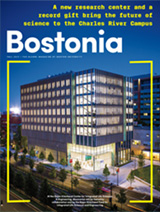





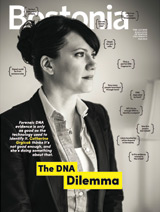

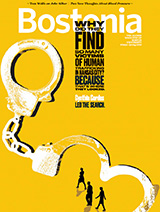

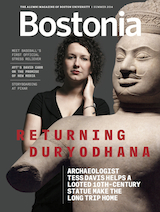

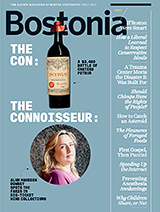




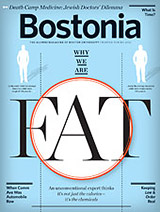


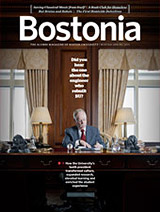
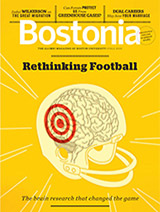




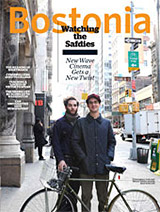
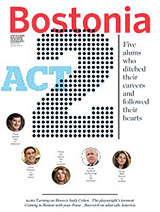


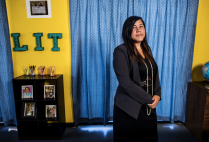










Related Stories
Science Coalition: Federal Funding Sparks Innovation
A trio of BU start-ups among 102 cited as fruits of government research grants
Fighting for Federal Funding of Science
UNI alum Kei Koizumi one of Obama’s point men
BU Research Benefits from First Federal Funding Boost in Years
Stalled projects advance under last month’s budget agreement
Post Your Comment